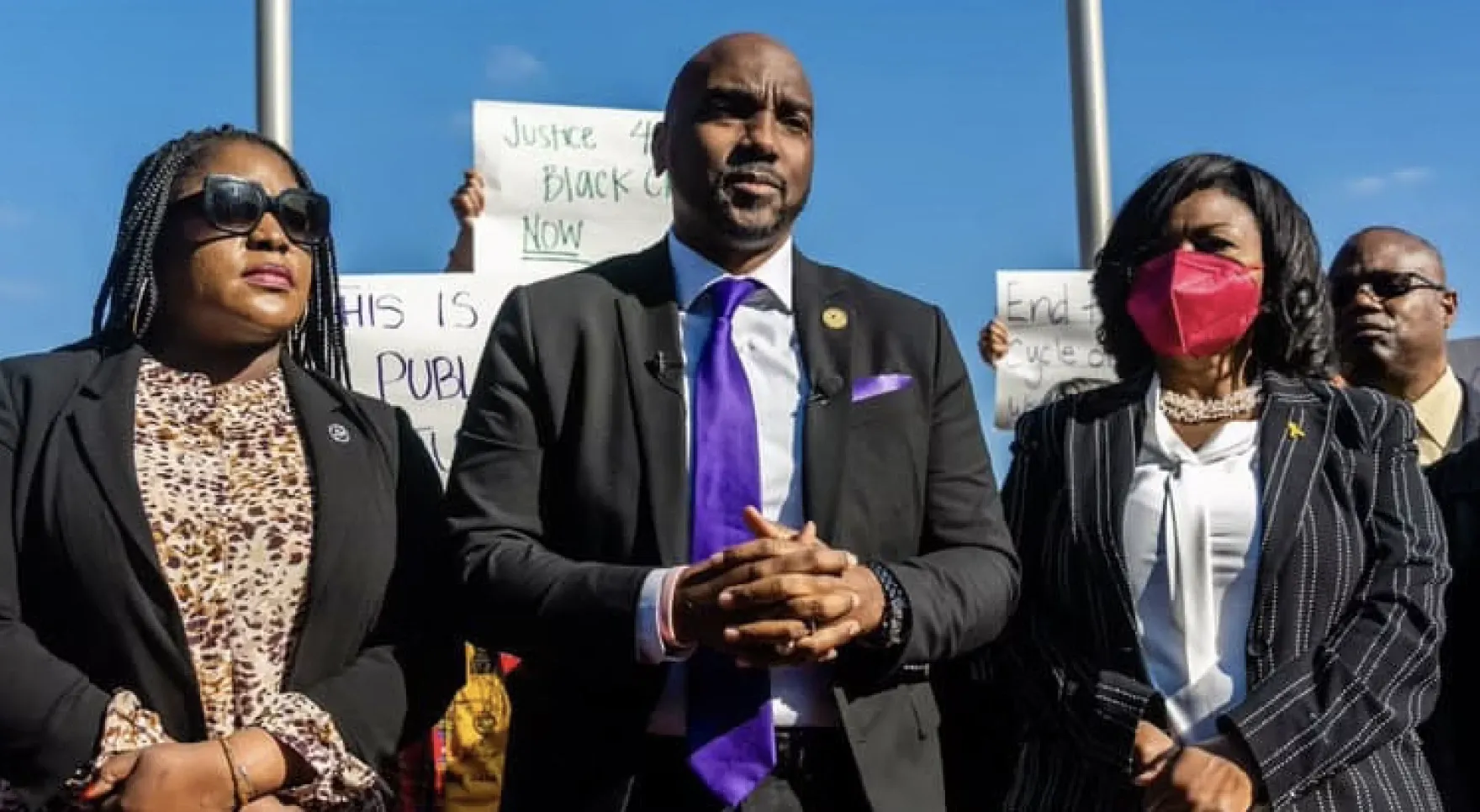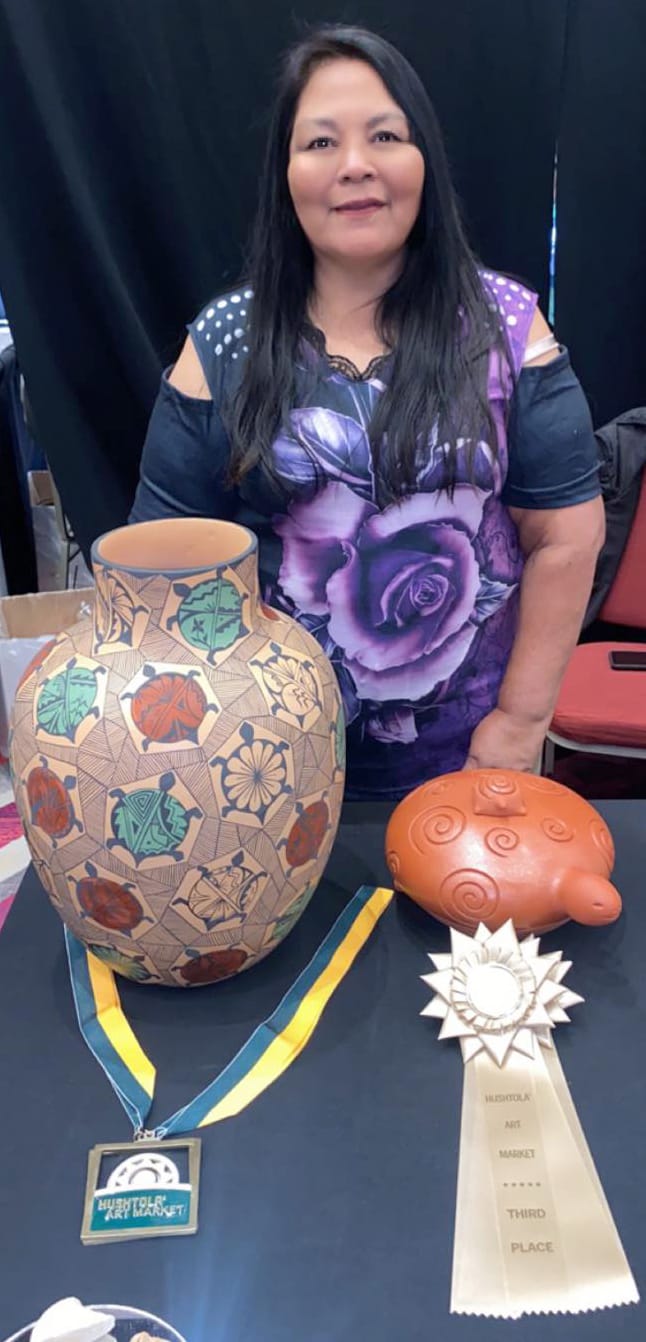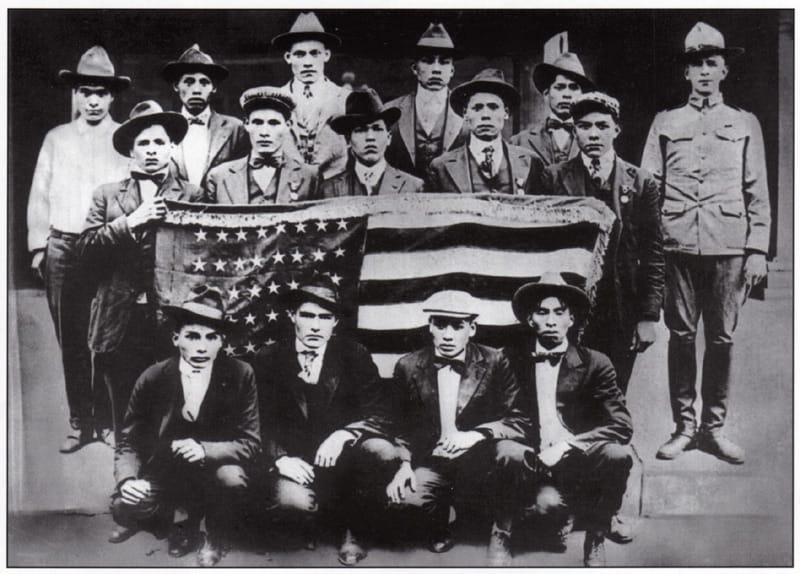

TREASURY: CDFI Fund will continue 'as normal,' easing worries for Native financial institutions

by Brian Edwards
The U.S. Department of Treasury has reportedly affirmed that its Community Development Financial Institutions (CDFI) Fund will continue operating normally, easing some concerns about potential disruptions stemming from a Trump administration executive order that threatened to dismantle the agency office.
Treasury officials wrote that the “CDFI Fund programs and related activities are statutorily authorized. The CDFI Fund is operating as normal and does not anticipate any disruptions to the programs,” according to a statement received on Friday by the Native CDFI Network from the White House Office of Intergovernmental Affairs. “Senior leadership at Treasury has consistently expressed support for CDFIs,” the statement concluded.
The Treasury's assurance of normal operations came on the deadline day for 2025 CDFI program and Native American CDFI Assistance (NACA) program applications and a week after the CDFI Fund announced it had received applications requesting $19.2 billion in requests under the New Markets Tax Credits program allocation authority—nearly double the $10 billion available.
Trump’s executive order, signed late in the evening on March 14, directed the CDFI Fund and six other federal entities to “eliminate all non-statutory components” and reduce operations “to the minimum presence and function required by law.” The White House issued the order just hours after the president had signed a budget bill that maintained funding for the CDFI Fund at its 2024 level of $324 million, including $28 million for the NACA program.
The apparent contradiction raised immediate concerns in Indian Country about potential impacts on the 69 Treasury-certified Native CDFIs that provide financial services in underbanked Native and rural communities.
Pete Upton, CEO of the nonprofit Native CDFI Network, had warned that any reduction to the CDFI Fund would be “a devastating blow to economic self-sufficiency in Indian Country.”
The Native CDFI Network and Native CDFI intermediary Oweesta Corporation responded with a joint letter co-signed by 84 Native CDFIs and Indian Country partners expressing their opposition to the executive order. The letter argued that Native CDFIs help the federal government fulfill its trust and treaty obligations to tribal nations and noted that CDFIs are safe investments, with a default rate on their loans of 0.36% in 2023 — roughly half the rate of traditional banks.
“The letters have been hugely helpful,” a senior government official, speaking on background, told Tribal Business News.
Congressional support has played a significant role in protecting the fund. On March 19, a bipartisan group of 23 senators sent a letter to Treasury Secretary Scott Bessent reaffirming their support for the CDFI Fund.
The letter highlighted the fund's economic impact, noting that over 1,400 CDFIs deliver more than $300 billion in financial services annually across every state, with each federal dollar generating at least eight more dollars from private-sector investment.
“A reduction in the functions and operations of the CDFI Fund will have a corresponding impact on CDFI-certified entities and local communities and we urge you to avoid this unfortunate outcome,” the senators wrote.
Beyond the letter, the executive order has faced strong bipartisan resistance in Congress, including unusually vocal pushback from Republicans. As Politico reported, Rep. Young Kim (R-Calif.) called the CDFI Fund “a lifeline for underserved populations to access capital,” while noting that 60 percent of CDFI physical offices are located in Republican-held districts.
While the Treasury statement indicates no current disruptions, it's unclear whether this assessment covers the long-term future of the CDFI Fund or if Treasury is still evaluating which components might be considered “non-statutory” under the executive order's requirements.
Unlike other entities targeted by the order, such as the Institute for Museum and Library Services, where employees were reportedly locked out of their offices and placed on administrative leave, the CDFI Fund continues to operate normally at this time.
Tribal Business News reached out to the Treasury for comment, but had not heard back at the time this story was published.

Motion filed for Freedmen to join Muscogee Nation, Tulsa lawsuit

In the latest development of the Muscogee Creek Nation v. City of Tulsa lawsuit, a civil rights attorney and Freedmen advocate, Damario Solomon-Simmons, filed a motion to intervene in the case last Friday as a representative of the Muscogee Creek Indian Freedmen Band.
The lawsuit filed by the Muscogee Nation asks for a judge to declare the tribe has the right to prosecute tribal citizens for traffic infractions.
It points to the case Hooper v. Tulsa, which was dismissed in December after an appellate decision said the city did not have the authority to prosecute over minor infractions. As a result, the larger lawsuit between the tribe and city was set to be heard in federal court to resolve lingering jurisdictional issues.
City officials had argued minor crimes committed by tribal members, such as traffic violations, could be handled by Tulsa law enforcement regardless of whether they took place on Muscogee Nation land. The reservation encompasses 67% of the city.
Solomon-Simmons’ motion cites a traffic ticket he received late last year and asks a judge to declare Freedmen descendants also fall under tribal jurisdiction.
Freedmen across the Five Tribes are not explicitly mentioned in the McGirt v. Oklahoma decision. Instead, tribes have referred cases involving Freedmen’s descendants to the state under an interpretation of the Major Crimes Act.
Under this act, tribal citizens it applies to were interpreted to be identified “by blood,” leading to the exclusion of Freedmen citizens.
According to Muscogee Creek citizen and host of African and Indian Table Talk Eli Grayson, this interpretation of the law is incorrect under the Treaty of 1866, and there is no federal statute that says tribes cannot prosecute Freedmen descendants.
“The fact of it is, the tribes have a fiduciary responsibility and a legal responsibility, not only on the McGirt ruling, but under the original treaties, to deal with both criminal and civil issues with freedmen,” he said.
Cherokee Nation is currently asking Congress to change federal law to allow for Freedmen descendants to be included in criminal jurisdiction for the tribes.
In the motion, Solomon-Simmons refers directly to this treaty and calls for the city of Tulsa to cease issuing traffic citations to Freedmen descendants.
Late last week, Gov. Kevin Stitt also filed a motion to intervene and provide his own counsel amidst settlement negotiations between the tribe and city, stating neither party represents the state’s interests.
Prize-winning potter joins Artesian Arts Festival

ALBUQUERQUE, N.M. – A nationally recognized Chickasaw/Jemez Pueblo potter, who has won top awards at prestigious art shows, will be in Sulphur, Oklahoma, April 5 for the 12th annual Artesian Arts Festival.
Marcella Yepa’s unique blend of southwestern and southeastern First American pottery and sculptures have captivated art show judges nationwide.
Her works have been purchased by some of the finest museums – the Smithsonian Institution’s National Museum of the American Indian and the U.S. Department of the Interior Museum both in Washington, D.C. Yepa also has art displayed in the internationally acclaimed Heard Museum, located in Phoenix, Arizona.
Art galleries spanning America – Oklahoma, Arizona, Colorado, Kansas, New Mexico, Oregon, Maine, Texas and Utah – are stocked with Yepa’s creations for sale to discerning art aficionados.
Yepa’s piece titled “Hummingbird Vase” was awarded first place in the pottery division last year at Artesian Arts Festival. Her work earned a blue ribbon in sculpting at the 2024 Southeastern Art Show and Market (SEASAM) and another sculpture won second place at the Hushtola Art Market in December.
Yepa’s creations have won best of division and first place ribbons in the annual Cherokee Art Market; second place in Santa Fe Indian Market – one of the most acclaimed First American art shows in America; Eight Northern Pueblos Annual Art Show; and Gallup Intertribal Indian Ceremonial Art Show, in addition to many others.
Her sales at Santa Fe Indian Market in August 2024 were a smashing success. “I believe I had 30 pieces of art, and I sold all of them except two,” she said.
She celebrates her First American bloodline with two tribal nations – Chickasaw and Jemez Pueblo.
“My mother, Dorene Carpenter, was full-blood Chickasaw and my father, Salvador Yepa, was full-blood Jemez Pueblo,” Yepa said with pride when recalling her childhood. “Both were proud First Americans and passed that pride on to me at a very young age.”
For more than 41 years, Yepa has been making pottery, a skill her grandmother, Felipita Yepa, handed down to her.
Harvesting clay on the New Mexico reservation, shaping it by hand, painting First American designs and symbols on creations and firing the finished pottery in a kiln or over an open fire were just the basics her grandmother showed her over many years.
“I started helping my grandmother when I was 9 years old. I helped her harvest clay and helped find color-hued clay we used as ‘slips,’” she said. “Slip painting refers to a decoration technique using a liquid clay mixture to create designs on pottery.
She was about 19 when she created her first piece of art. “My grandmother taught me how to find and harvest the finest clay, how to make fine pottery using traditional construction and firing techniques. I loved her so much that I usually stayed with her most of the time,” Yepa said of the relationship they shared. “I have used this knowledge, passed down by my family, to create one-of-a-kind works of art.”
Her grandmother taught her traditional hand coiling, stone polishing and firing methods. “Each piece is an opportunity to explore new possibilities and create something beautiful,” she said.
“I am so fortunate. I create art as my livelihood. It’s my business,” Yepa said, adding traveling to many art shows and festivals annually keeps her inventory steady and her standards razor sharp. “It is so gratifying for my pottery to win ribbons and be appreciated by the public. It inspires me to do more art and to enter more shows.”
Belonging to Southeastern and Southwestern tribes, Yepa dedicates herself to producing pottery honoring both cultures and each tribe’s historic symbolism. When creating a piece to honor her Chickasaw heritage, Yepa uses traditional spirals, wind swirls and animal sculptures.
At Oklahoma art shows, raccoon sculptures are one of her bestselling creations. Yepa said her aunt, the late Pauline Brown, informed her the family belonged to the raccoon clan. “Those animal creations sell very well and are fun to craft,” Yepa said.
Brown, who passed in 2022, was a fluent Chickasaw language speaker and a member of the Chickasaw Hall of Fame.
Yepa’s cousin, LaDonna Brown, recently gifted the artist a book illustrating centuries of Chickasaw symbolism adorning ancient pottery and utilitarian items. Yepa said she uses the gift as a reference guide to produce pottery highlighting Southeastern tribal symbols.
Brown is director of anthropology for the Chickasaw Nation Department of Culture and Humanities. She is a nationally recognized expert on Chickasaw history, heritage, culture and tradition.
“I plan to bring lots of pottery to the Artesian Arts Festival as well as handcrafted earrings,” Yepa said. “I plan to be in Oklahoma early enough to have my pottery evaluated by festival judges. I am looking forward to participating and competing again this year.”
Opinion: Who Do We Celebrate and Who Do We Erase?

by Theresa Hinman
The 2024 Presidential election outcome was significantly influenced by President Trump's promise to stop illegal immigration and deport undocumented immigrants.
Following President Trump's Executive Order to dismantle DEI, aimed at fostering a colorblind, merit-based American-first culture, a controversial decision was made. The Pentagon deleted historical accounts from military websites, including those of American Indian code talkers, the first American Indian female soldier to die in combat, and Jackie Robinson's military record.
Although the content was eventually restored, the blame was placed on Artificial Intelligence as the supposed culprit. This incident raises critical questions: Who decides whom we celebrate? Who decides whom we erase? Who is making these determinations?
The American proverb, "As they are someday so shall we be," speaks to the inevitability of life, aging, and death." It prompts reflection on how American Indians, American women, and African Americans can honor their ancestors' contributions to the United States if their sacrifices are erased by an AI program.
This leads to further appreciative inquiries: Who programmed the AI application to target specific ethnic and female narratives, aligning with the Trump Administration's stance?
If the goal is truly to be colorblind, does this mean only recognizing the color white? Is the objective to promote privileged assimilation, effectively a new subliminal form of deportation?
These questions highlight the complexities of striving for a merit-based society while ensuring that all historical contributions are recognized and valued.
As we navigate this digital age, it's crucial to examine who controls the narratives and ensure that technology serves to preserve, not erase, the diverse fundamental flag-loving American citizens who ensured our survival and the considerable contributions of our American Indian Code Talkers who enabled us to win both World Wars.







